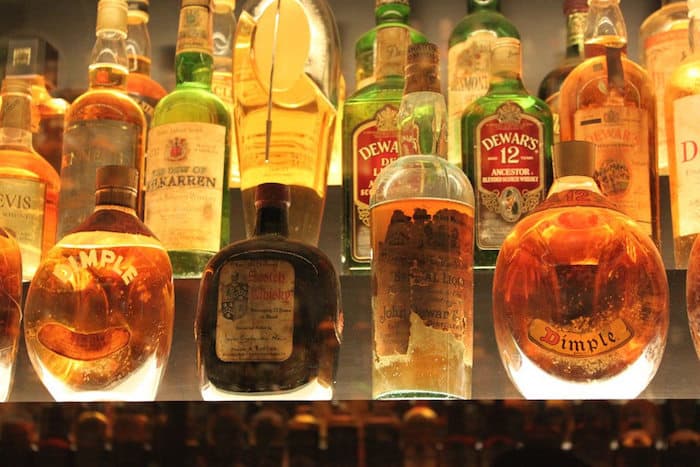Scientists from the School of Physics and Astronomy at University of St. Andrews have discovered a way to identify counterfeit whisky, without even having to remove the cap. New research has pointed to the use of lasers to see through bottles and analyze the contents.
According to a 2018 study published by the European Union’s Intellectual Property Office, counterfeit drinks cost the UK economy more than £200 million each year. With iconic whisky bottles worth prices as steep as £1 million, this new development can curb fraud sales by ensuring the contents of the bottle are the genuine product.

A decade ago, researchers at St. Andrews demonstrated how laser spectroscopy could be used to identify counterfeit whisky. Laser spectroscopy is a process by which laser light shines into a substance of interest and scatters the light into different colors. These colors help to identify a range of materials from bacteria, to food, to paint. Because the glass bottle containing the alcohol was also a material to scatter light, this method couldn’t work properly without having to remove the liquid from the bottle.
More recently, a group of postdoctoral researchers developed a new method to accurately identify the contents of the bottle. By using a glass element to shape the light, a ring of laser light is produced on the bottle’s surface as well as within the liquid contents. Because the signal from the bottle and the signal from the liquid are at different positions, a detector can be placed to record only the signal from the liquid. Thus, the whisky can be evaluated without ever having to open the cap.
“Personally, I hate it when I have to spare a drop of whisky for validation checks,” explains professor Kishan Dholakia in a prepared statement. “Laser spectroscopy is a powerful tool for characterizing the chemical make-up of many materials, but to use it to characterize alcohol in its original container in this simple way is really exciting.”
As this approach does not require complex set ups, it can easily be manufactured for widespread use.



